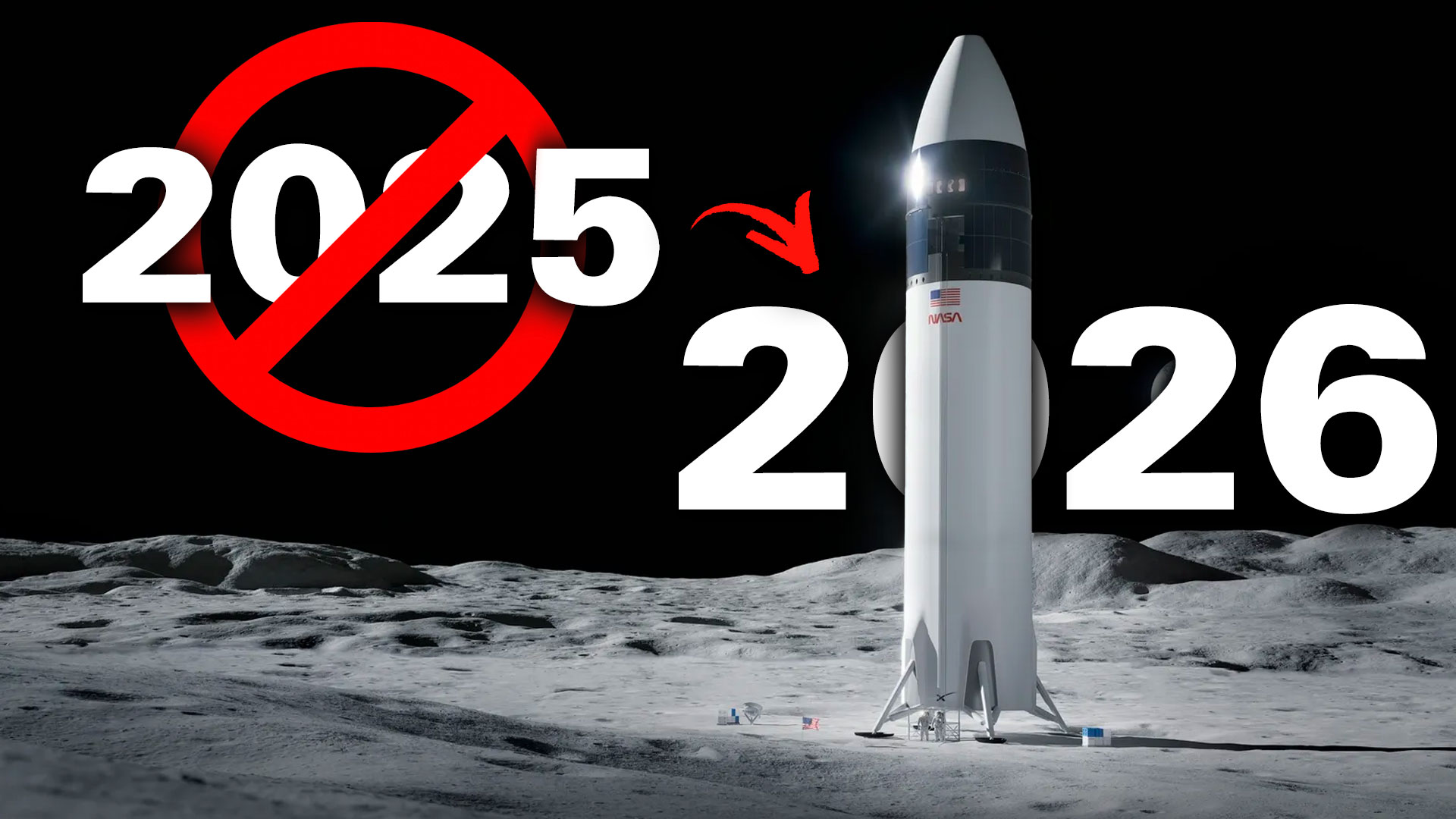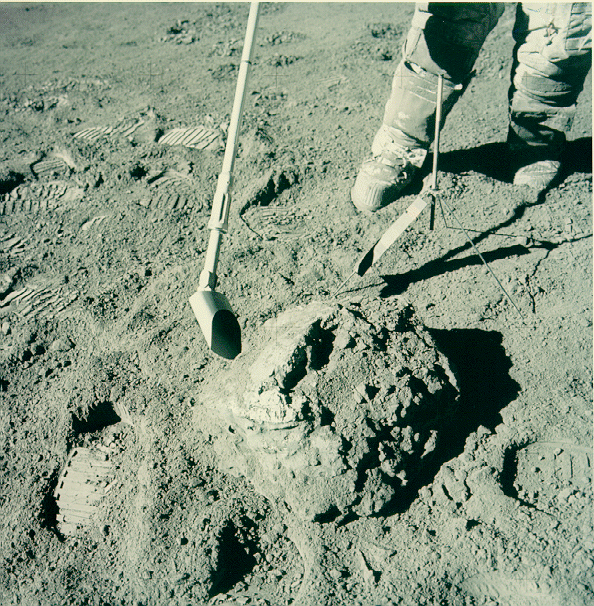Gaze up at the Moon on any night and you will see a barren world displaying all manner of shades of grey. Aside from the obvious craters and lunar maria, the surface of the Moon is covered in the fine, dusty lunar regolith. The Apollo astronauts in the 60’s and 70’s learned that it was electromagnetically charged and was very abrasive posing a problem for mechanical equipment. Now a new payload on the Commercial Lunar Payload Services initiative will explore the regolith even further.
NASA to Probe the Secrets of the Lunar Regolith



